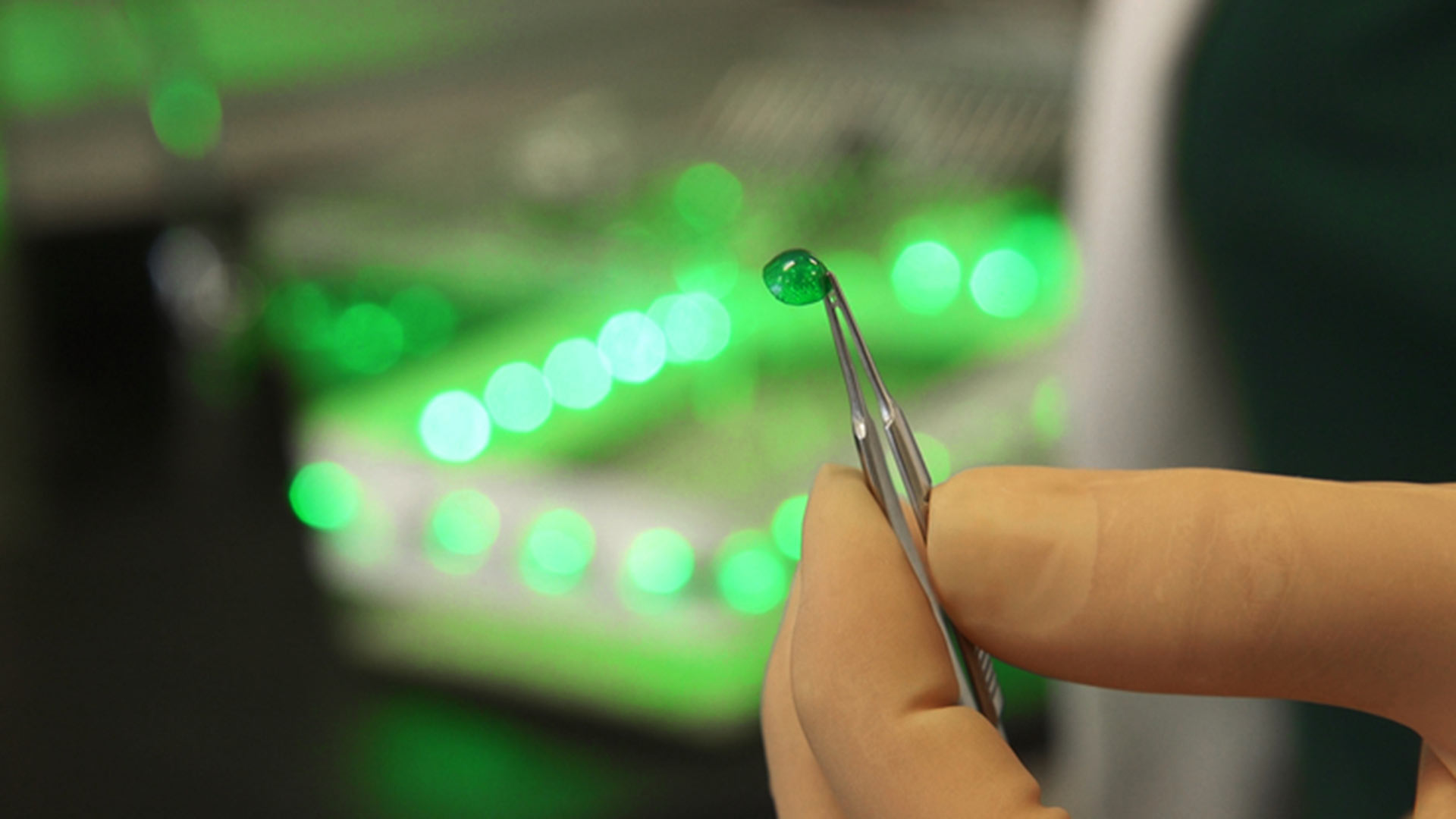 Among the benefits of using LED light is that the method is cheaper than drugs, has no side effects and is readily available.
Among the benefits of using LED light is that the method is cheaper than drugs, has no side effects and is readily available.
Mohab Ibrahim knows pain.
An anesthesiologist and pharmacologist, he directs the pain management clinic at Banner-University Medical Center South.
When his brother complained of a headache, like a good physician, he recommended over-the-counter relief. His brother declined and said he felt better sitting among trees. After experiencing for himself that sitting under trees provided headache relief, he decided to study why.
Ibrahim thought about what might provide that relief and decided to test whether the trees’ natural color, green, was the answer. Testing the color was much easier, he said, than investigating what chemicals the trees might release.
He initially experimented on rats and now tests the lights on people with chronic pain.
“The conditions that we are managing right now, which is still experimental by the way, are migraine headaches or fibromyalgia. In both of these conditions, we’ve seen benefit with some patients,” Dr. Ibrahim said.
The encouraging results have the researchers planning to try green lights for other pain.
“The goal is not really to replace pain medications but hopefully work in tandem with the pharmacological approaches in the hope that we can achieve better pain control and maybe use less pain medication, which is actually a very good thing, given the epidemic associated with the use and misuse of opioids these days,” he said.
Among the benefits of using LED light is that the method is cheaper than drugs, has no side effects and is readily available.
He cautions that people who have chronic pain should not attempt to treat themselves with green lights and should not stop taking any medications they have been prescribed.
Ibrahim said his team will next study how the light is able to increase levels of circulating endogenous opioids within the body which may explain the pain-relieving effects.


By submitting your comments, you hereby give AZPM the right to post your comments and potentially use them in any other form of media operated by this institution.